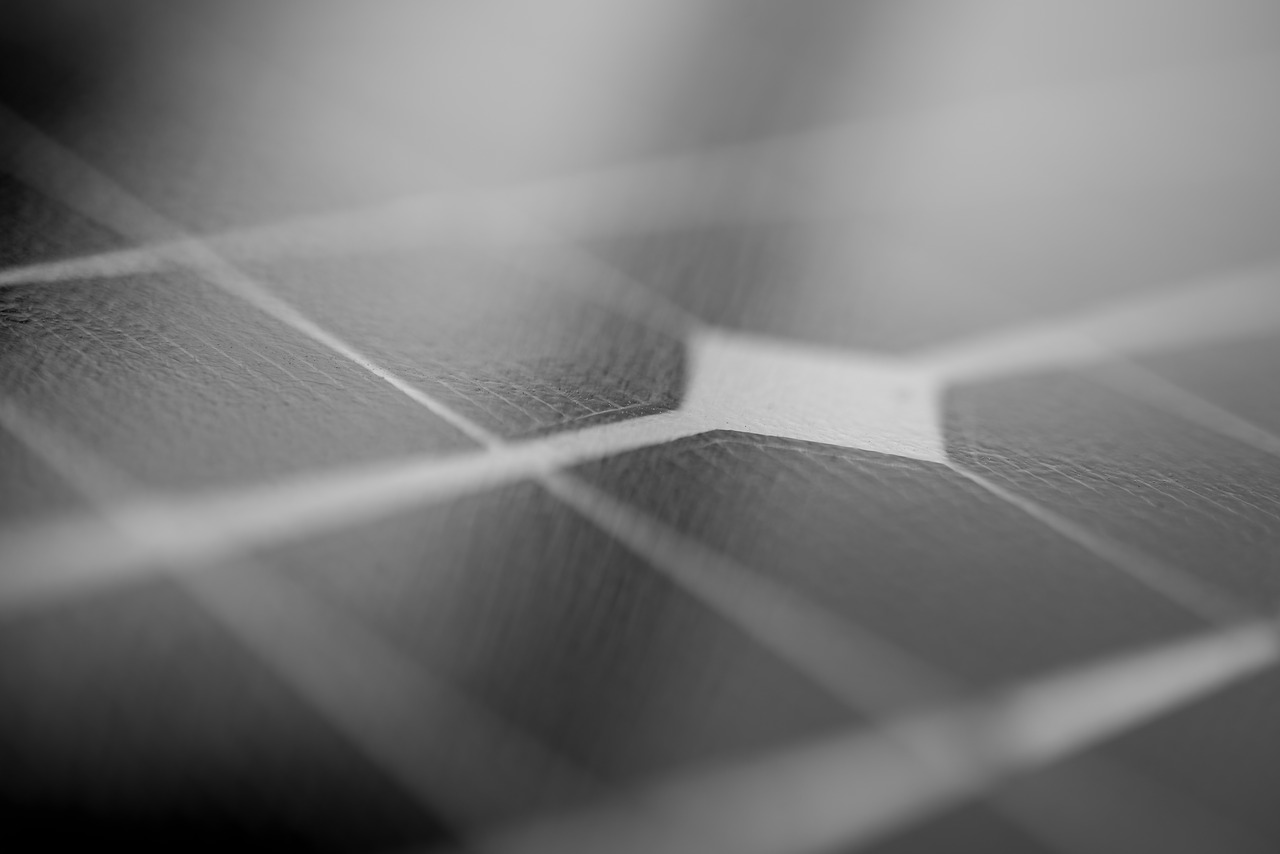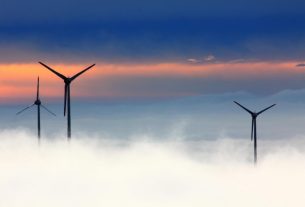United Kingdom – Floating solar farms could help to protect lakes and reservoirs from some of the harms of climate change, a new study from Lancaster University suggests.
Scientists from Lancaster University and the University of Stirling have completed the first detailed modelling of the environmental effects of floating solar installations on bodies of water.
Conventional solar farms are controversial due to the amount of land they take up. This is leading to increasing interest in floating solar farms – making use of the additional space that bodies of water provide.
“Deployment of solar on water increases electricity production, but it is critical to know if there will be any positive or negative environmental consequences,” said Giles Exley, PhD researcher and lead author from Lancaster University.
Windermere lake provides data
The research team undertook computer modelling using the MyLake simulation programme and data collected by the UK’s Centre for Ecology and Hydrology from England’s largest lake, Windermere. Although the researchers believe it is unlikely floating solar farms will be deployed on Windermere, it presents a rich data-set as it is one of the most comprehensively studied lakes in the world.
Their results show that floating solar arrays can cool water temperatures by shading the water from the sun. At scale, this could help to mitigate against harmful effects caused by global warming, such as blooms of toxic blue green algae, and increased water evaporation, which could threaten water supply in some regions.
Floating solar reducing stratification
The scientists found that floating solar installations also reduce the duration of ‘stratification’ – this is where the sun heats the water, forming distinct layers of water at different temperatures. This tends to happen more in the warmer summer months and can result in the bottom layer of water becoming deoxygenated, which deteriorates water quality – an obvious issue for supplies of drinking water. However, the picture is complex and there are also conditions under which stratification, and therefore detrimental water quality impacts, could increase if floating solar farms are deployed.
More studies needed
Further studies will be needed to determine the optimum size array, and design, and their effects for individual lakes and reservoirs – all of which have unique characteristics. Different designs of solar installations also have different shading and sheltering effects for the sun and wind.
Arrays covering more than 90 per cent of a lake could increase the chances of the lake freezing over in winter, the study found – though these effects would also be specific to the body of water and design of the installation and require further studying. Field studies and further modelling work to build on these initial findings is ongoing.




